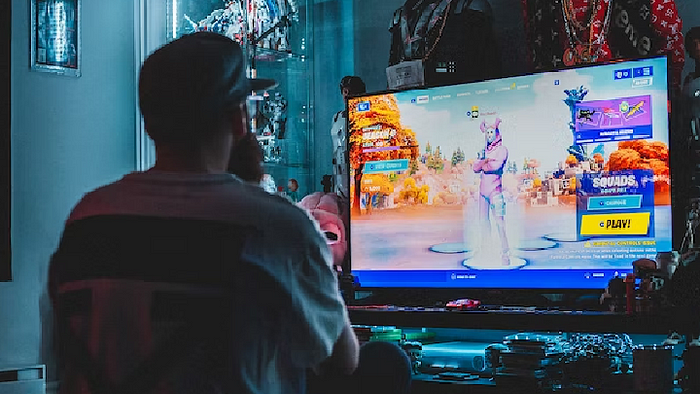The Power of User-Centered Design in Game Development
Creating Games That Players Love and Studios Profit From

What’s the secret to building a successful game?
Is it the flashy graphics or the addictive gameplay?
While these elements are essential, more is needed to guarantee success in the crowded game development industry.
The key to developing successful games lies in user-centered design. As a design director, I've seen firsthand how prioritizing the end user can transform how we approach game development.
In this article, I'll delve into the power of user-centered design in game development and explore the benefits of incorporating it into your production process.
What is user-centered design?
First, let us define the term "user-centered design." The key is to create things with the end customer in mind. This approach requires keeping their needs, aspirations, and wishes in mind as they grow. The goal of user-centered design is to build a game that people want to play and will continue to play, rather than one that is visually appealing or has flashy features.
Are you ready to level up your game design?
The user-centered design process is essential for creating premium titles that exceed players' expectations.
With six key phases, this process involves:
- Defining the user's needs and context
- Establishing business requirements
- Developing design solutions
- Testing for usability
- Implementing the design
- And finally deploying the product.
The user-centered design strives to create something that players will want to play and keep playing rather than concentrating on how visually appealing a game is or how many eye-catching features it has.
So, what are the benefits of employing a user-centered design strategy in game development?
Benefits of user-centered design

#1: Increased Player Engagement
When you design a game with the end user in mind, you are more likely to produce a product that players enjoy. You will understand what motivates and challenges them and keeps them returning for more. You can create games that are not only fun but also addictive by focusing on player engagement.
#2: Revenue Growth
User-centered design can also lead to revenue growth. You are more likely to attract and retain players if you create a game people want to play. This approach can result in more in-game purchases, increased player retention, and increased revenue for your studio.
#3: Reduced development costs
You may prevent costly mistakes and guarantee that your development efforts focus on what your gamers care about by focusing on the user experience. This approach can help you reduce development expenses while enhancing your return on investment. You may uncover possible difficulties and save costly redesigns by conducting user research and testing early in the development process.
#4: Increased player satisfaction
You are more likely to build a game that satisfies the requirements and preferences of the players if you put their wants and preferences at the center of your design process. This design intention can lead to increased player loyalty and positive word-of-mouth. Finally, the user-centered design seeks to create a game that players enjoy.
#5: Iteration Speed
Finally, user-centered design can lead to faster iteration. By designing a game with the end user in mind, you can quickly identify what works and what doesn't. You can make changes and improvements based on player feedback, resulting in a better product in less time.
Designing games with the user in mind
A recipe for success
User-centered design is a philosophy that must permeate all aspects of game creation. It is a mindset that necessitates empathy, inventiveness, and a steadfast dedication to providing excellent player experiences.
We can design games that are not just economically successful but also meaningful and impactful by emphasizing the needs and wishes of the players. As game designers, we can create the future of gaming, and user-centered design is the key to realizing that promise.
I hope to share more insights and practical advice in the following pieces. Let's continue to push the boundaries of game design together!
